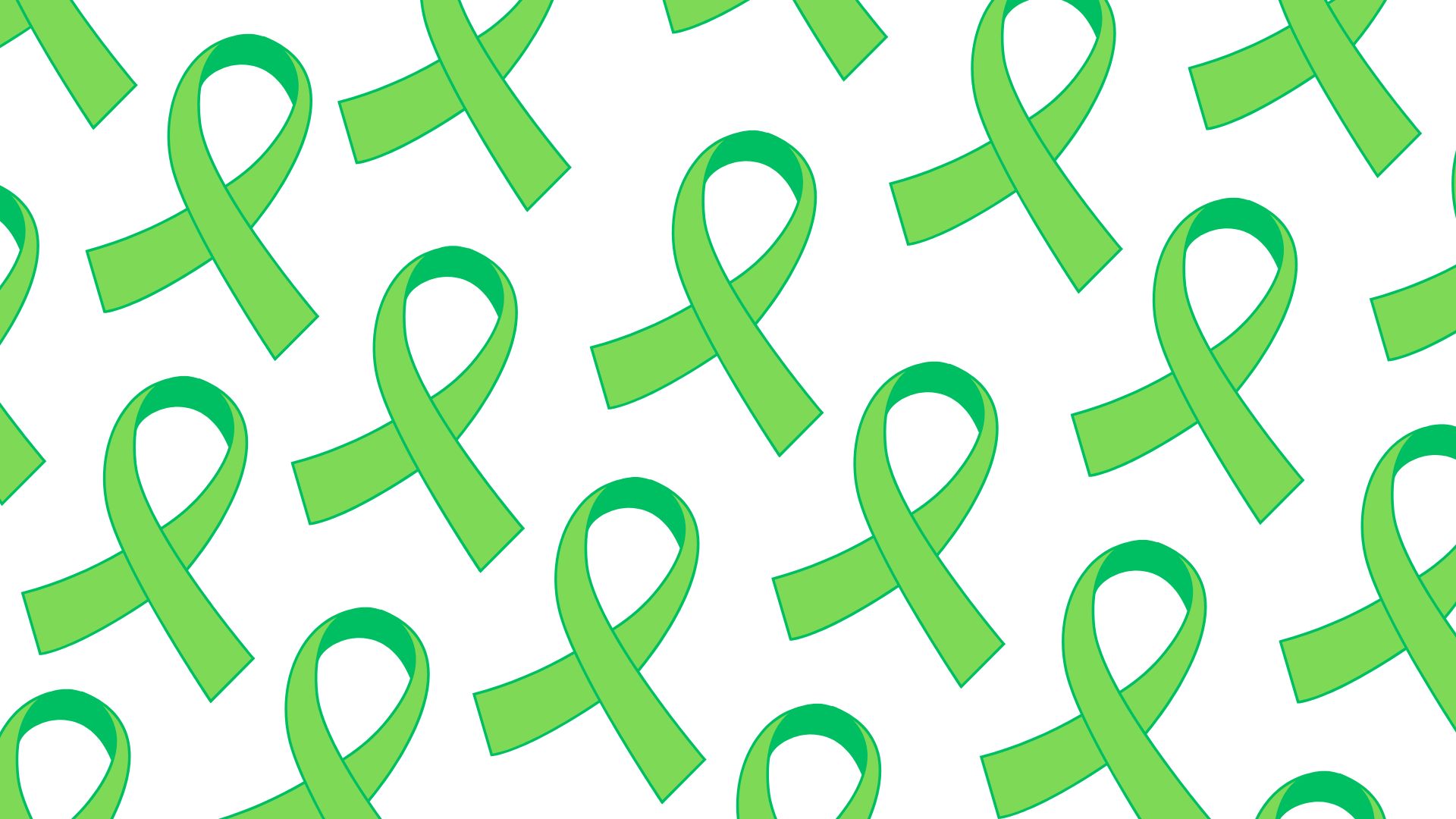The 5 Stages of Change in Therapy
by Tatiana Bicknell, LCSW | April 2025
In therapy, there are times where people come in and they are ready to make a change. Other times, people come into therapy with ambivalence in changing, or they are forced by family or the legal system. This is typically resulting from a problem behavior that the client has maybe used as a negative coping mechanism for so long and has found comfort in it. People go through stages of change, going from denial to acceptance, then to taking action and maintaining. The stages of change model in therapy is typically used for substance use disorders, however is also used for other difficult changes such as eating disorders and impulsive behaviors and defiant behaviors. Here is a breakdown of the 5 stages:
- Precontemplation- This is the “I’m not ready” stage. The individual hasn’t recognized their behavior is a problem and is likely in denial. When I hear someone in this stage, they usually will blame another person for the behavior, feel their behavior is justified, or minimize how bad it is. There’s avoidance of the conversation or they straight out say “i’m not talking about it”. Sometimes a person may have tried to change in the past and it didn’t work.
- Contemplation- This stage is all about ambivalence. The person will have mixed feelings about the thought of changing, but they are thinking about it. They have started to realize their problematic behavior but still have some anxiety about changing it. Clients will go through pros and cons, why the behavior is helpful and why the behavior causes harm. Motivational interviewing is very helpful in this stage. It helps to explore reasons why the change would better the person’s life, who they have as a support system, and how likely the client can maintain this change.
- Preparation- The client is feeling ready to make the change and planning on how to go about it. During this stage, the client may plan out who to use as a support, what coping skills to put in place in times of being triggered, and resources/tools to have in place for better confidence in success.
- Action- The client is going all in on doing the change and putting effort into it. They are navigating replacing old habits with healthier ones, feeling more and more confident that they can do it. The client will also start to recognize the change within themselves mentally, physically and emotionally. Sometimes troubleshooting is needed when certain skills or plans don’t work, and new ones are put into place.
- Maintenance- This is when the change has become the new norm. The new way the client feels becomes a motivator for continuing this path and has no interest in going back. Through positive reinforcement and troubleshooting, clients have a better outcome when maintaining their new, healthy habit.
As a therapist, I enjoy using the 5 stages of change in my work with clients as an assessment tool. It’s helpful in seeing where a client falls in these stages, and meeting them with an intervention that can be helpful depending where they are in their stage. For example, if a client is contemplating deleting social media, we may go through pros and cons, picturing what life would be like with and without it, etc. In my time working with eating disorders, the stages of change model was used frequently and also helped with meeting a client where they are and how to treat them. Knowing if a client was in the first stages of change, we could go over pros and cons, what the eating disorder is serving for them, and do they see their future continuing with their eating disorder. When a client was in the second half of change, we would identify triggers and how to cope with them, make plans for what to do instead when feeling temptation, and make a relapse prevention plan to keep recovery strong.
Making any sort of change in life is difficult. When going through the stages of change, life really tests you and sometimes we do fall back into bad habits. There is always time to try again, trying new things and finding what works best in supporting the change. As a therapist, it’s important to know what stage your client is in, having patience in your client’s ambivalence, and being part of their support system during their process of change. The end result is truly incredible and worth the ups and downs!












